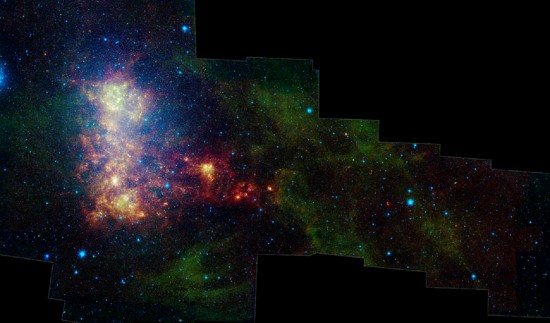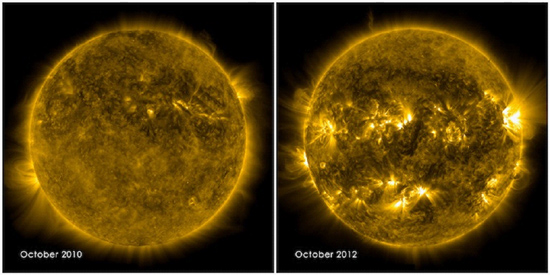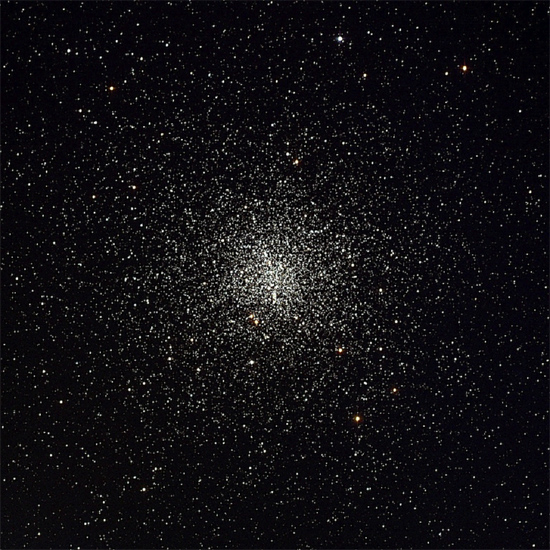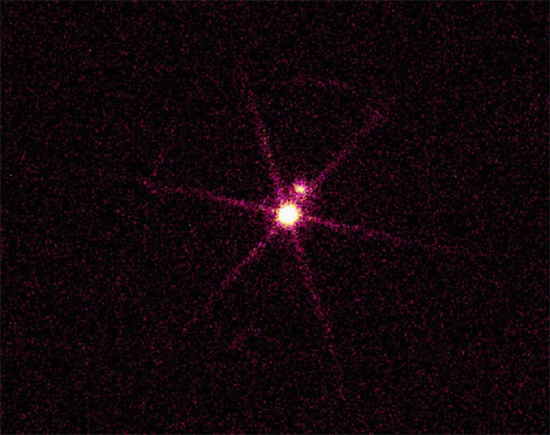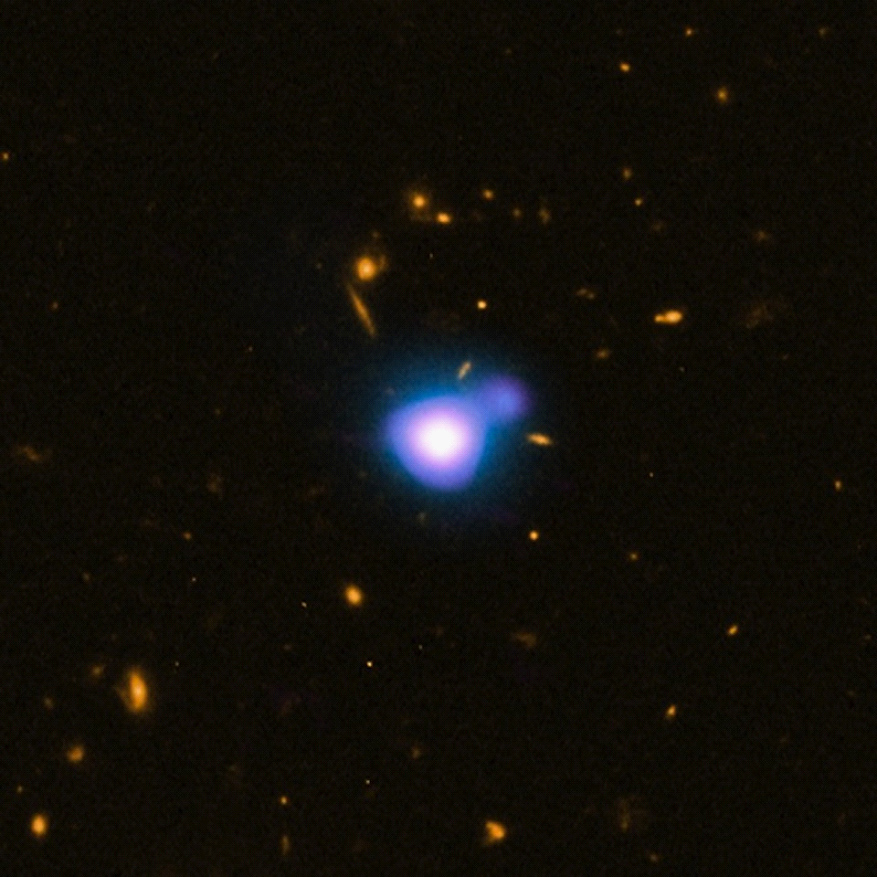Electric Disconnection
Red Herring
Stars That Will Not Explode
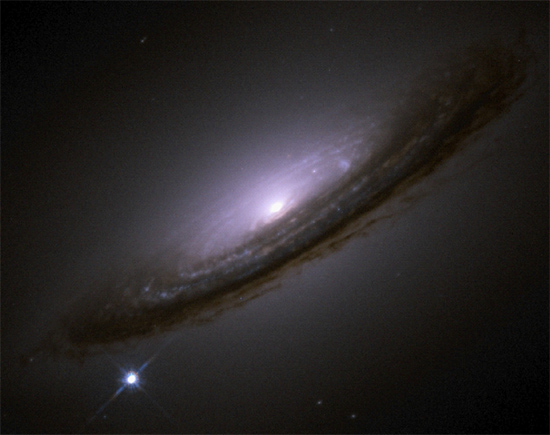
Jun 27, 2013 NASA computer simulations are not able to correctly model supernova explosions. Contemporary astrophysical models of stellar evolution rely on the mechanical action of cold gas collapsing from gravitational impetus. Stars are seen as whirling vortices of compressed matter heated to fusion temperatures by pressure, alone. Clouds…
Arc Mode Discharge

Jun 26, 2013 Glass, plastics, and various metal oxides are efficient dielectric insulators. Dry air is another example. Lightning is not well understood. The most common interpretation involves the circulation of water vapor up and down through clouds in a process called convection. Water is heated by the Sun…
Galactic Fireballs
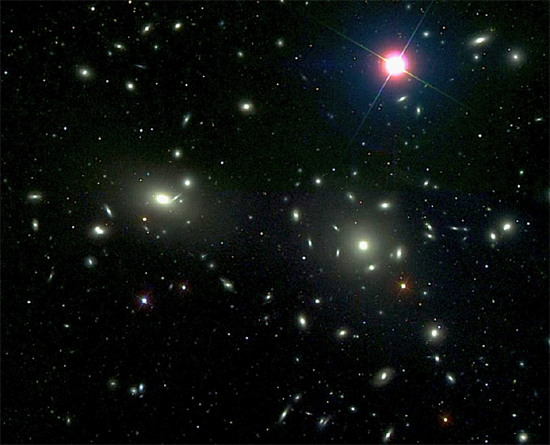
Jun 25, 2013 Images of the Coma Cluster from the Subaru Telescope reveal galactic filaments connecting bright “knots” of ionized gas. According to redshift calculations, the Coma Cluster is a sphere of galaxies 3.5 million light years in diameter over 300 million light years from Earth. The cluster is…
Appearances of the Fourth Kind
Windy Waves

Jun 20, 2013 Wind socks, bow shocks, shockwaves and collisions are often used to describe the phenomena that create high-frequency electromagnetic radiation in the cosmos. From gamma rays down through X-rays and extreme ultraviolet, conventional theories have relied upon gravity and acceleration as the only way for them to…





